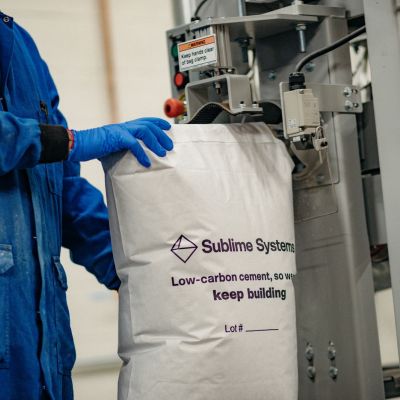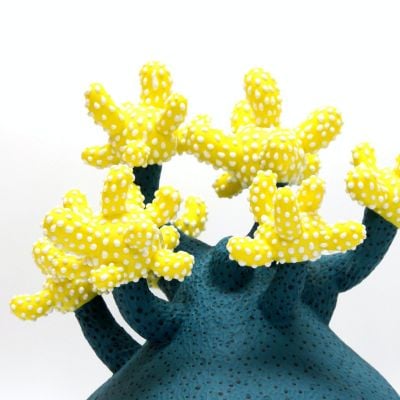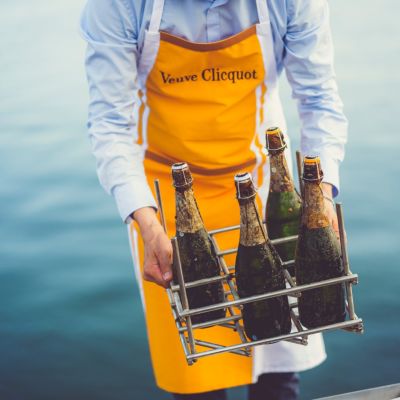Where To Ski In Les Trois Vallées

BILLIONAIRE's guide to one of the largest and most prestigious ski resorts in the world.
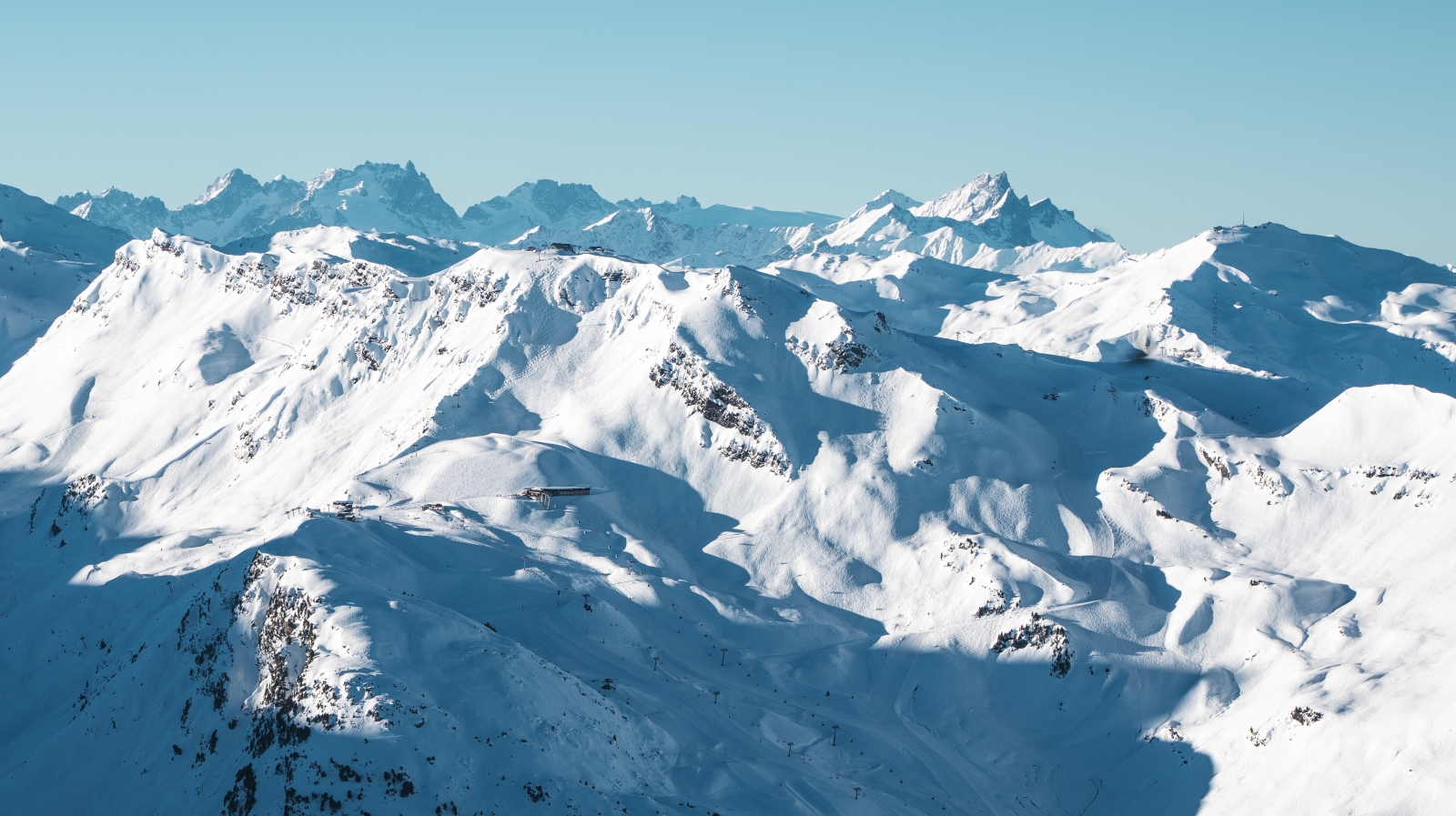
Known as one of the largest and most prestigious ski resorts in the world with 85 percent of the ski area above 1,800 meters, Les Trois Vallées regroups vast landscapes and diverse alpine ecosystems plus 25 accessible summits, 10 of which rise above 2,500 meters.
The Savoyard playground sits on the border of the highly protected Parc National de la Vanoise, France’s first national park created in 1963 which runs over 528 km squared (and overarching into the Italian Grand-Paradis National Park, which together reaches 1,250 km2 to create Western Europe’s the largest protected area) and accounts for 107 summits above 3,000m.
Faced with Climate Change, Les Trois Vallées not only want to fight to protect mountainous ecosystems and biodiversity but also to preserve local alpine traditions. Les Trois Vallées have signed an agreement with the Parc National de La Vanoise to study mountain avifauna (golden eagle, black grouse, rock ptarmigan, bartavelle) and better protect it, while ski resorts like St Martin de Belleville have been awarded the Flocon Vert certification for their active commitment to long-term sustainability.
We highlight three of the best locales in Les Trois Vallées, which are leading the way for a bright future in the French Alps.
St Martin de Belleville: the hidden gem

A quaint little alpine village protected from the crowds, whilst directly connected to Les Trois Vallées slopes and ski lifts, St Martin de Belleville boasts understated luxury: expect picture-perfect wooden chalets, solid stone walls and sturdy mountain village farmhouses lined up around the local baroque church.
One of them has even been transformed into the local museum where the valley’s alpine traditions are displayed from cheese making and cattle raising to participating to the Winter Olympics. The elders still walk around the central square and narrow streets, for at Saint Martin de Belleville, intergenerational families live year-round thanks to the local village life and school.
Overlooking the charming ensemble sits Notre Dame de la Vie: a 17th Century work of art with colourful frescoes, a profusion of gold, a sculpted altar and ancient ex-votos, the sanctuary has been one of the most venerated in the region for centuries. To this day, the historical monument is a place of worship.
The commune also helps protect the valley’s ancient heritage, like maintaining pastoral areas, replanting trees to compensate for degraded forests, renovating a former mill (Moulin de Burdin) or restoring the peat bog and humid zones around Plan des Bruyères.

Around the main village, a collection of smaller hamlets gives life to this side of the mountain, in view of the ski lifts.
It's in Le Châtelard that Julien Arto and his partner Sophie Belorgey relocated in a former goat farm to start a micro-brewery called Brâva Vela: hand made using malt from Savoie and mountain spring water, their beer’s names pay tribute to the local terroir – La Belleville, La Thorens, La Masse (after a local summit).
Nearby the Hudry family took over an isolated stone house in ruins at 1,725m and transformed it into a charming address: Le Refuge du Trait d'Union. Hidden in between the slopes and accessible by ski, the self-sufficient hideout with its own water spring offers a vast terrace and solarium where yoga-practitioner Viviane Hudry serves healthy, home-prepared alpine meals.
One can also choose to stay overnight in what feels like the perfect cabin with three rooms, a wood fired outside tub and sauna – the refuge can also be rented out for yoga or mindful retreats. Surrounded by true silence, a unique sense of luxury and timelessness prevails.

Up the valley, the village of St Marcel is home to a national pride at 1,502m: three Michelin-starred restaurant and five-star Relais & Château hotel La Bouitte. Run by René Meilleur, 73, – who first bought a field to build his own house here in 1976 - and his son Maxime, La Bouitte is the living proof, if need be, that one of the best restaurants and hotels in the world can surpass luxury codes to invent their own.
A quiet village, a comfortable family home, traditional uniforms, a collection of local pottery, uneven beams, old paintings, wooden chairs and fresh linens, wood crackling in the chimney, thick boots and sledges parked in front of the main door, La Bouitte has it all.

In the kitchen, the father and son duo reaches stellar heights revisiting mountain recipes – like the Reblochon-filled ravioli served in a culatelo broth with hogweed or homemade crozets done like a Beaufort and onion risotto ; creating surprise accords with alpine ingredients – like the Fario trout cooked ‘au bleu’ served with young glazed carrots and a nettle sabayon; or ‘simply’ imagining a milk desert in all its forms, which includes a regressive mountain dulce de leche, goat cheese yogurt, milk-meringue, milky mousse, sorbet and ice-cream.
A slice of terroir has never tasted so good and made visitors feel so joyful.
Méribel: the natural kingdom

With its unprecedented ‘Méribel 2038’ plan, the world-renowned ski resort is gearing up towards the destination's 100th anniversary with bold ambitions. In conjunction with the Parc National de la Vanoise, regional institutions (including the Savoie-Montblanc University) and economic players, Méribel’s aim is to clearly address alpine environmental and societal challenges and fuel realistic solutions for the future.
The first operational plan 2022-2025 includes 100 actions divided into 4 strategic axes and 32 operational objectives, supported by 12 partners to preserve the environment, reduce the carbon footprint and impact of tourist activity while fostering social ties. At work, the plan has already seen the opening of a public center inside the Plan de Tueda natural reserve, a new 400m2 solar power plant on the Saulire Express, numerous actions to accelerate soft mobility and extend gondola timetables. Like St Martin de Belleville, Méribel has also signed the Avifauna convention to protect four remarkable species.

Meeting yoga-teacher and activist Marcela Bemposta at the entrance of the Plan de Tueda natural reserve, one embarks on a two-hour tour around the lake that mixes breathing techniques, yoga postures, mindful-thinking and awareness. Learning about local species and our role in protecting biodiversity under the towering Aiguille du Fruit (3,048m) is also at play and acts as a wonderful introduction to enjoying the mountain differently – in silence, far from consumerism.

Heading out with Méribel native, local free-riding star and former competitor on the Freeride World Tour Jérémy Prévost is another way to experience the vast natural kingdom that surrounds Méribel: cross-country skiing is an option that takes adventure-lovers up to the Refuge du Saut and further up towards the col du Soufre inside the Vanoise National Park with views of the Gébroulaz glacier. The world of downhill skiing seems miles away and reasons to preserve high altitudes numerous.
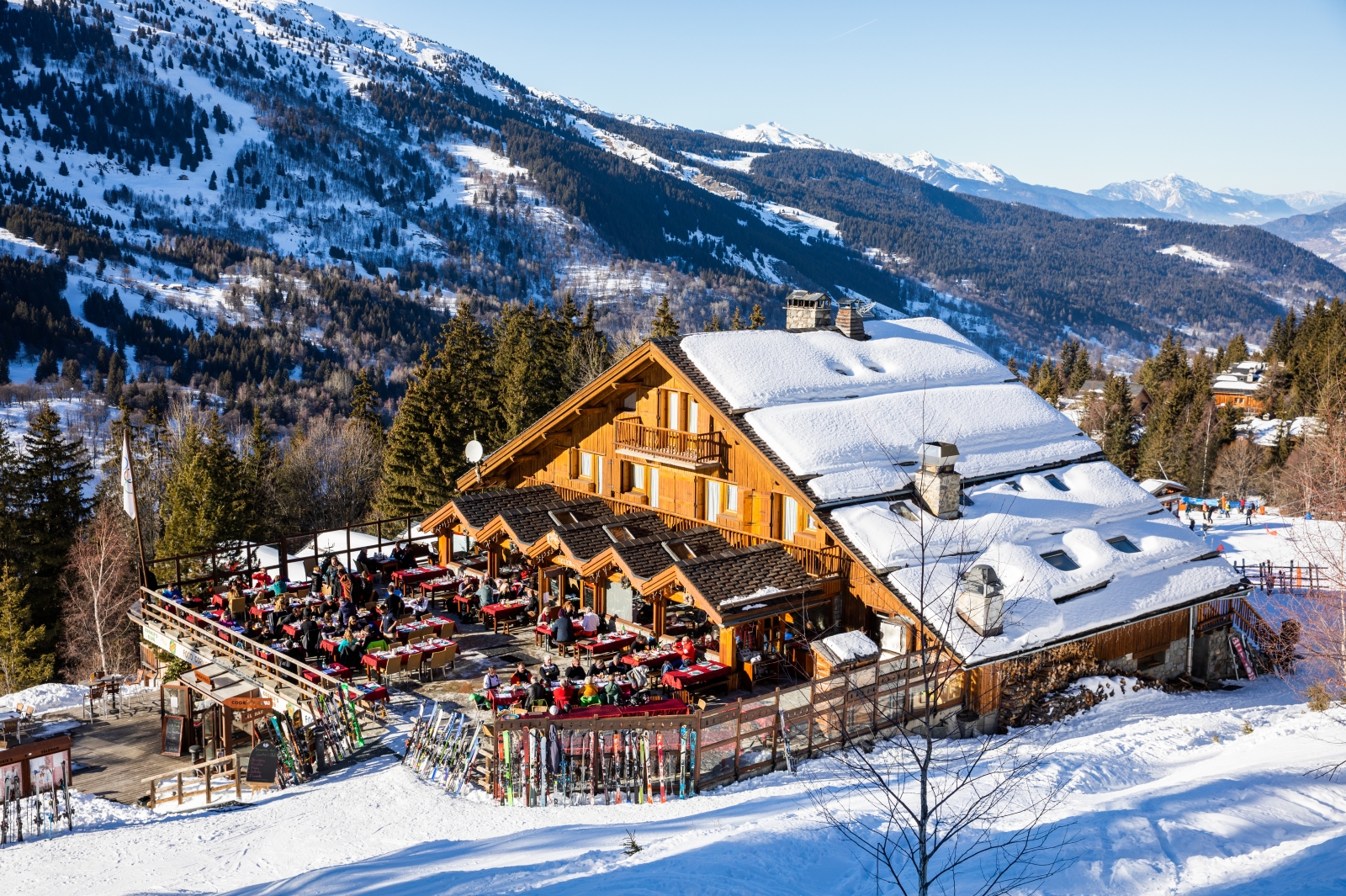
The feeling is the same when staying at L’Adray Télébar, a timeless hotel sitting in between trees with unobstructed views over the mountains. Nothing fancy here but honest interiors that revolve around a vast chimney room complete with board games and books, and an auberge-style restaurant which serves hearty mountain recipes in a joyful atmosphere. When it snows here, guests feel happily secluded from the outside world! Thanks to owners Fabrice and Valerie, one feels drawn back in time to old mountain films.

There is the same spirit at Lilie, an inter-generational convivial restaurant, complete with a wine cellar, a delicatessen, a pastry counter, and catering service. Third-generation owner, Sylvain Chardonnet, known as one of France's best apprentices, took over after his grandmother Lilie: a local figure, she used to run a restaurant and auberge known across the valley. With real estate prices soaring, Sylvain resized and transformed the family heritage in one of Méribel’s accessible favorites: expect mountain fare with a twist, great local wines, vegetarian options, and large tables.
Val Thorens: higher altitudes with an edge

A relatively young ski resort, Val Thorens was built in 1971: back then, making skiing accessible was a priority, and Val Thorens was planned as one of the highest resorts in the Alps at 2,300m. For decades then, it was going to be one of the most innovative too, including building the world's biggest cable car to reach an altitude of 3,200m. To this day, ski lift operators remain at the forefront of innovation to fight climate change and reduce emissions – like banning diesel fuel for a pricier option, liquid gas. Today, Val Thorens stands at the forefront of sustainability with exemplar impact-investments in social diversity – ie: financing a youth hostel - self-sufficiency, and forward-thinking mobility to reduce the impact of transports.
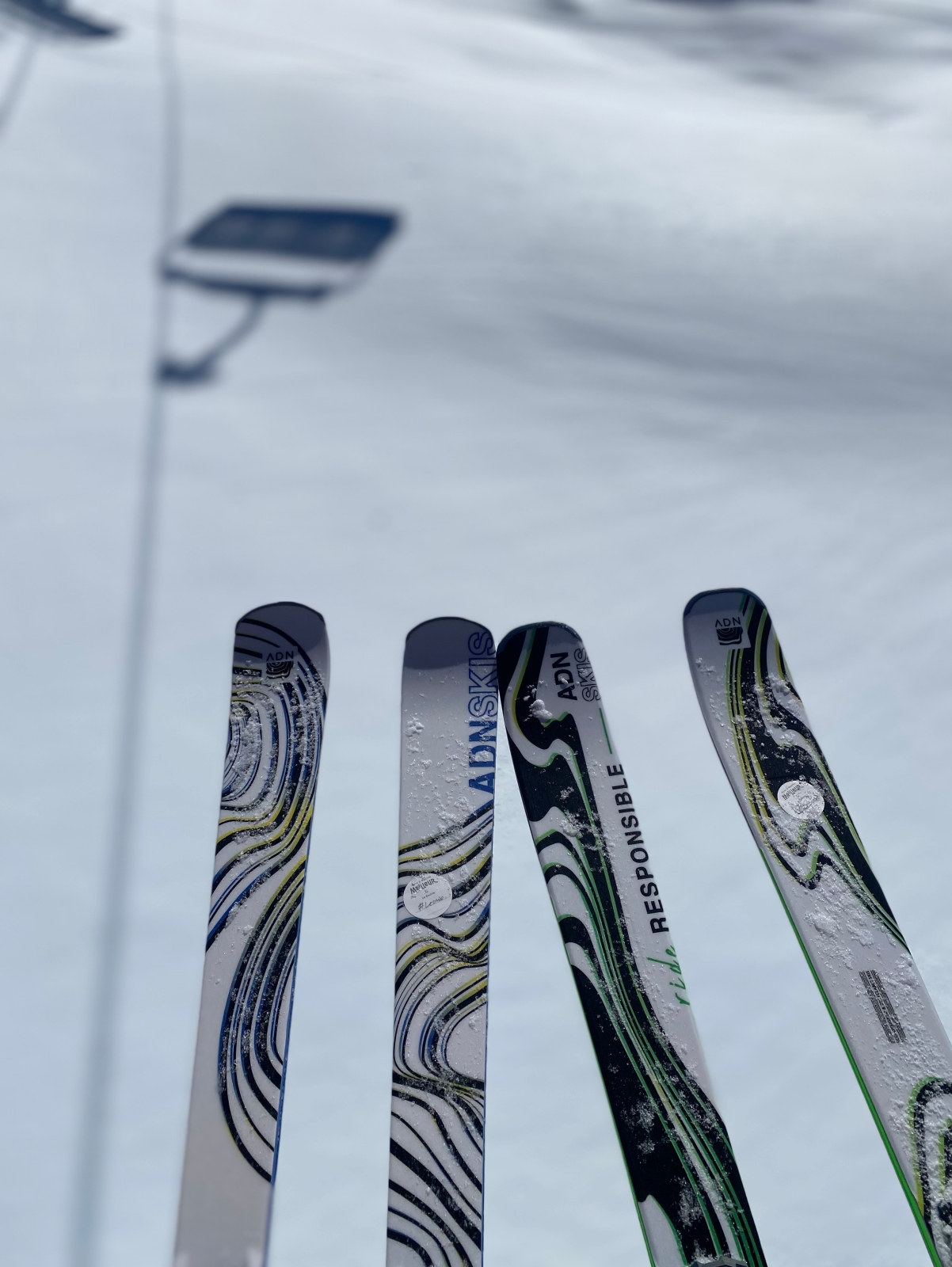
A local entrepreneurial initiative, ADN skis is a good example of how innovation can drive change: after 5 years of research and development, professional skier Camille Lambert alongside with materials engineer Aurèle Durand and product designers Héloïse Delbos and Pauline Dutel launched the first eco-designed, 100% recyclable ski brand – which comprises of 3 high-performance models (alpine, all-mountain and ski-touring).

A true local, Aurélie Rey’s family played a key role in building the resort; today, she runs one of the best local restaurants. At l’Alpen Art don’t look for seasonal starry chefs, expensive menus, glitters nor pricey kitchen equipment: the ambiance is that of an elegant local hideout with black and white photos. The menu and decor tell mountain stories: one feels a genuine love of the Alpine terroir when ordering an egg meurette with Mondeuse sauce, a trout gravlax with beet or a croque-monsieur truffled with Beaufort. The cellar, too, overflows with Savoyard marvels such as Louis Magnin's Grand Orgue or Giachino’s Ma Douce (a reference to a forgotten grape variety).

Next door, Hotel Le Fitz Roy was recently taken over by Beaumier hotel group and transformed into a stylish alpine reference: boasting interiors with a mountain club feel, true alpine chic prevails with warm wooden paneling, comfortable woollen fabrics and countless nods to winter traditions.
Punctuated with vintage furniture and glamorous pictures, framed postcards and memorabilia from the 1992 Olympic Games that give every corner a family-home feel, the lobby opens onto a library, a large bar area – complete with a welcoming chimney and pool table – with a terrace facing the slopes, plus a classy restaurant with marble-top tables and modern wooden chairs. One almost feels in Switzerland.

Equally elegant and a master of sustainable architecture, newly renovated Altapura hotel transformed a landmark into a contemporary icon: first built by the legendary Sibuet family at 2,300m high, the building mimics the shape of an iceberg to maximize thermal isolation and sun exposure. Most of the hotel’s sides are also covered in solar panels, cross ventilation was expertly conceived to maximize the use of energy and don't look for balconies, they were banned to avoid thermal bridging. Inside, the sophisticated alpine interiors redesigned by Christophe Bachmann are inspired by the 1970s when the ski resort first saw the light of day.

Down in the valley from the main village, Chez Pépé Nicolas is yet another wonderful alpine story.
Since 1957, the Suchet family has been running and transforming and alpine chalet into an inn and self-sustaining farm complete with a barn turned into a cheese making facility, a large organic vegetable garden and flower beds in summer. Arriving on skis and stopping there for lunch means sampling a hearty mushroom soup or pot au feu, ordering a local trout or homemade cheese platter. Inside, traditions are perpetuated with memorabilia objects, photography, and tools. Suddenly, it feels like true mountain souls are there to stand the test of time.


